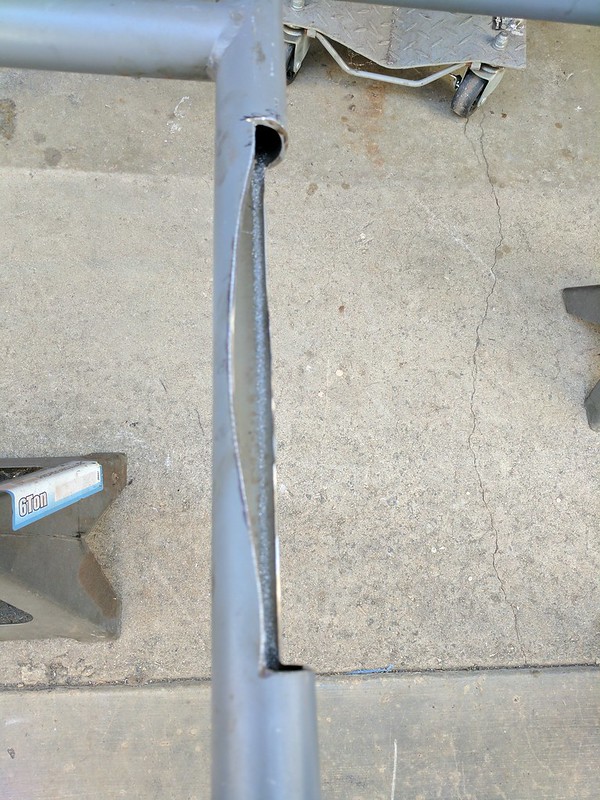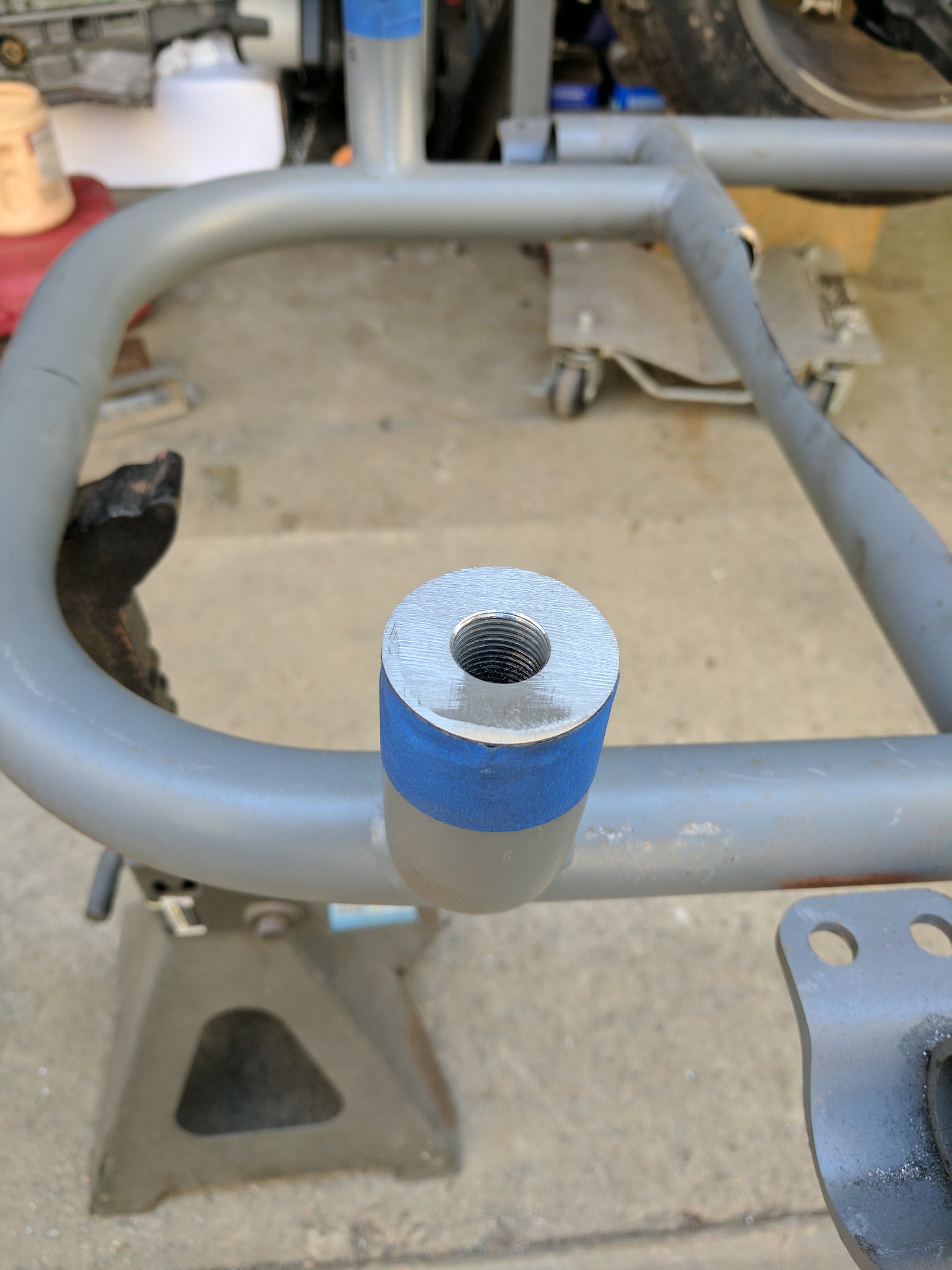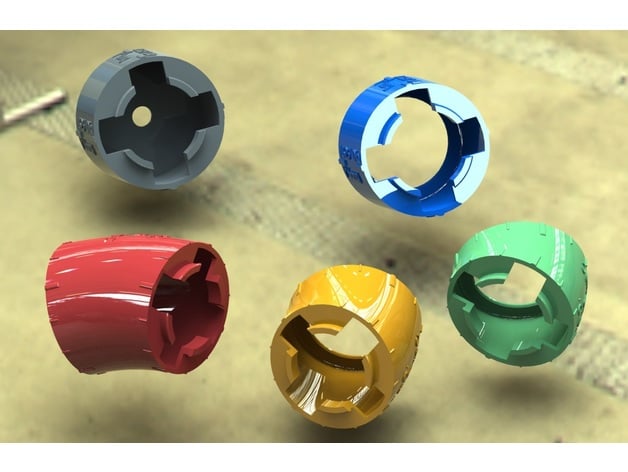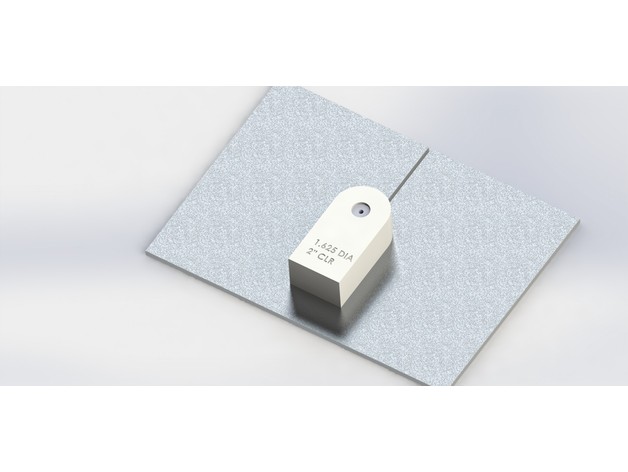I have a bat-wing pan if that may solve any issues for you. PM me if interested.
Thank you for the offer. The c5 pan we tried was actually a bat-wing. The wings are what kept it from fitting. Will try an F body pan, but I think it will be too deep. We'll have to cut the subframe I believe.





